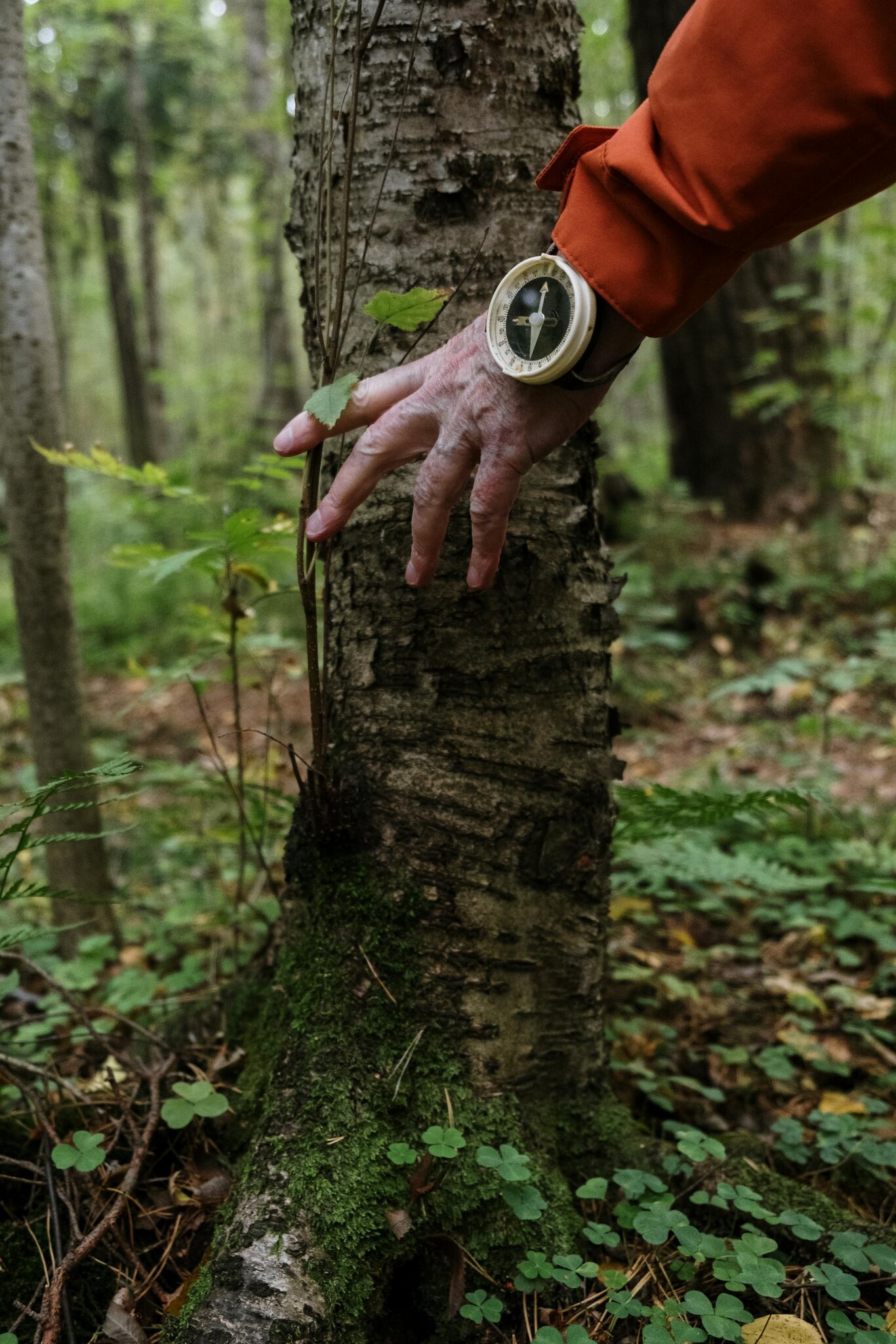The first thing to do when planning a hike is take time to study the map, calculate the daily elevation gains, work out how long it will take to complete and identify the difficult stretches.
Choose itineraries that match your fitness level.
But that’s not all. You will need other information to check the trail is accessible, as conditions can change quickly and unexpectedly in the mountains.
Gathering information about your itinerary is crucial to the success of your hike.
It’s important to remember that trail conditions can change from one day to the next, so your information needs to be reliable and up-to-date. You can contact:
- Managers of local refuges
- ‘Club Alpino Italiano’ (CAI)
- Mountain guides
- ‘Soccorso Alpino Dolomiti Bellunesi’ mountain rescue
Never set out alone and always tell someone where you’re going.
Mountain roads are trickier to navigate than other roads and can often be very busy or, in adverse weather conditions, impassable. Before setting out, check the status of the route to your trailhead.
Check out the website of Veneto Strade, the region’s highway agency.
Along the route you’ll also see variable message signs which will tell you which passes are open and which are closed.
We recommend Tabacco maps: the trails in the Belluno Dolomites are clearly marked. These maps are used by the local mountain rescue teams.
Setting out early in the morning means you have more time to deal with unexpected events or delays. You don’t want to be rushed on your hike, so stop for regular rests, especially when descending, because you’re more tired so are more likely to make mistakes.
Remember that thunderstorms are more common in the early afternoon, especially in the summer.
The main route markers are panels at the start of the trail and at major crossroads. They indicate
- the final destination of the trail
- intermediate stages
- the predicted time to reach the destination and the number of the path
There are also signs indicating themed paths, equipped trails and via ferratas and signs telling you not to stray off the path. Always doublecheck your route on your topographic map, which you should have with you.
Secondary markings are painted on tree trunks or stones and can be white-red or red-white-red. They show which way the path goes.
First and foremost, always stay on the path.
CAI paths are indicated by numbers and markings in the familiar white and red colours. Don’t get misled by other markings on trees, which may serve to indicate forest boundaries or trees scheduled to be felled.
Don’t take shortcuts because as well as taking you away from the main path, you could find yourself on uneven or unstable ground.
On rocky stretches at high altitude, you may come across cairns, small piles of stones which show the way to go; help them last longer by adding a stone.
Remember that your smartphone battery will eventually die and that GPS signals in the mountains are not always reliable. You should always carry a power bank and a topographic map.
- Always tell someone where you are going
- Never leave anyone on their own
- The difficulty level of your hike must be geared to the “weakest” member of your party
- Regularly check how the other members of your party are and stop for a rest if you need to
- Always stay together if you get into difficulty
- Acknowledge other hikers with a friendly ‘hello’
- Yield the trail to faster walkers and, if you stop for a rest, always keep to one side
- Respect other hikers and keep your voice low
